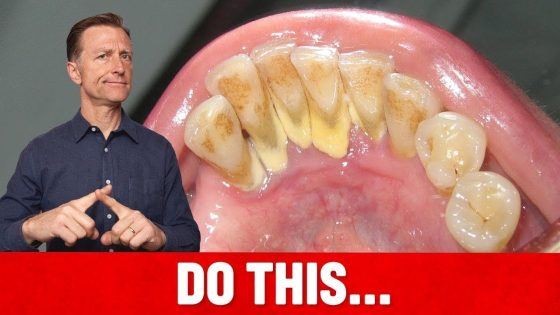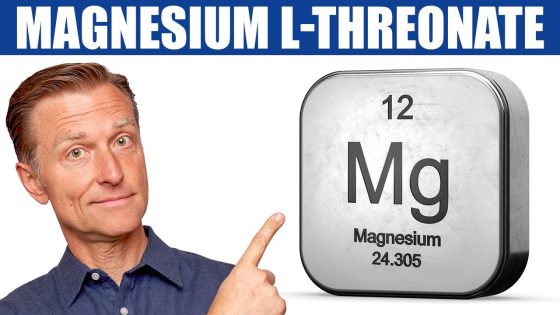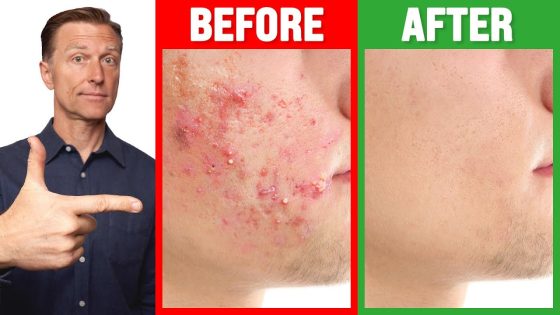Learn more about oxalates and discover the best ways to neutralize oxalates.
Low oxalate nuts:
▶️
DATA:
https://www.sciencedirect.com/science/article/abs/pii/S1878764912001155
https://www.racgp.org.au/afp/2012/december/elevated-serum-ferritin
https://pubmed.ncbi.nlm.nih.gov/351269/
00 Introduction: The connection between gout and kidneys stones
12 Oxalates explained
1:25 High oxalate foods
2:23 High oxalate nuts
2:30 Low oxalate nuts
2:42 Things that can increase oxalates
5:09 Gout and oxalates
7:48 Ways to neutralize oxalates
12:50 Learn more about oxalates!
Today we’re going to look at the interesting similarities between gout and kidney stones and natural alternatives for these concerns.
Oxalates are involved in both kidney stones and gout. People who have high oxalates in their urine tend to have a worsening gout situation, and the most common type of kidney stones are calcium oxalate stones.
Top foods high in oxalates:
• Spinach
• Rhubarb
• Almonds
• Chocolate
• Cacao
• Buckwheat
• Wheat
• Beans
• Soy
• Tofu
• Miso
• Potato chips
• French fries
• Beet tops
• Swiss chard
• Star fruit
• Raspberries
• Black pepper
• Black tea
Nuts high in oxalates:
• Almonds
• Brazil nuts
• Hazelnuts
• Cashews
• Pine nuts
Nuts low in oxalates:
• Coconuts
• Peanuts
• Pistachios
• Macadamia nuts
• Walnuts
Something else that can increase oxalates is consuming excess ascorbic acid or glycine. Fat malabsorption due to a bile deficiency can also cause an increase in oxalates. If you’re prone to kidney stones or gout, you may also want to avoid consuming xylitol.
Some people develop gout as they age due to an increase in iron and inflammation. If you’re in this situation, you might want to try reducing the amount of iron you consume and work on lowering your inflammation.
How to neutralize oxalates:
1. Drink two and a half liters of fluid per day
2. Consume calcium-rich foods
3. Take vitamin D3
4. Consume citrates (lemon juice in water)
5. Get plenty of vitamin B6
6. Get plenty of vitamin B1
7. Consume a moderate amount of protein on Healthy Keto®
8. Lower your sodium
9. Consume more potassium
10. Consume foods low in oxalates
Dr. Eric Berg DC Bio:
Dr. Berg, age 58, is a chiropractor who specializes in Healthy Ketosis & Intermittent Fasting. He is the author of the best-selling book The Healthy Keto Plan, and is the Director of Dr. Berg Nutritionals. He no longer practices, but focuses on health education through social media.
Follow Me On Social Media:
Facebook: https://bit.ly/FB-DrBerg
Instagram: https://bit.ly/IG-DrBerg
Anchor: https://bit.ly/Anchor-DrBerg
TikTok: https://bit.ly/TikTok-DrBerg
Disclaimer:
Dr. Eric Berg received his Doctor of Chiropractic degree from Palmer College of Chiropractic in 1988. His use of “doctor” or “Dr.” in relation to himself solely refers to that degree. Dr. Berg is a licensed chiropractor in Virginia, California, and Louisiana, but he no longer practices chiropractic in any state and does not see patients so he can focus on educating people as a full time activity, yet he maintains an active license. This video is for general informational purposes only. It should not be used to self-diagnose and it is not a substitute for a medical exam, cure, treatment, diagnosis, and prescription or recommendation. It does not create a doctor-patient relationship between Dr. Berg and you. You should not make any change in your health regimen or diet before first consulting a physician and obtaining a medical exam, diagnosis, and recommendation. Always seek the advice of a physician or other qualified health provider with any questions you may have regarding a medical condition.
#keto #ketodiet #weightloss #ketolifestyle
Thanks for watching! I hope this helps increase your awareness of oxalates and oxalate neutralizers. I’ll see you in the next video.















🔰 Withdrawing 50 845 $. Gо tо withdrаwаl >> https://forms.yandex.com/cloud/65db117cf47e73e3db6800ed?hs=d39df489ccf2cc25e4f17d110e966fbd& 🔰
8 months agoxdqvx1
Opkbhi
8 months agobuy generic atorvastatin online buy lipitor 80mg pill buy atorvastatin 20mg
Inqwfc
8 months agoorder ciprofloxacin 500mg pills – myambutol order online buy clavulanate pills
Bxxhcr
8 months agopurchase ciprofloxacin online cheap – buy generic cephalexin 125mg order augmentin online
Aictbl
7 months agobuy ciprofloxacin generic – cheap trimox
purchase erythromycin pills
Eweuik
7 months agoivermectin for covid – ceftin 250mg pill order tetracycline pills
Nhqgru
7 months agostromectol for humans for sale – cheap sumycin pills order tetracycline 500mg online
Bsgwkf
7 months agovalacyclovir buy online – purchase zovirax without prescription acyclovir 400mg drug
Fwdauj
7 months agoacillin without prescription purchase ampicillin for sale buy amoxil medication
Mbjguh
7 months agocost metronidazole – order zithromax without prescription buy zithromax 250mg online cheap
Pgtodn
7 months agofurosemide 40mg generic – lasix 40mg generic oral capoten 120mg
Ybnzeu
7 months agobuy glucophage 500mg without prescription – bactrim 960mg generic buy lincomycin 500mg generic
Be the first to comment